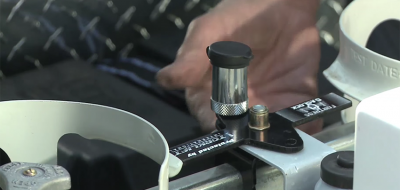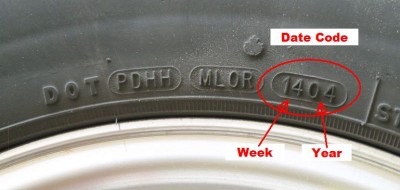 Slow LP-Gas Fill solid-state dual-battery isolator fill the horizontal propane tank, even after I depress the red button that’s supposed to let it fill faster. Is there a float in the tank that could be stuck in the full position that isn’t letting propane come in? I finally purchased a 40-pound tank to use rather then spend the large amount of time it takes to fill the main tank. Would it help to jar the valve loose some way with a brass mallet just before having the tank filled with liquid propane?
Slow LP-Gas Fill solid-state dual-battery isolator fill the horizontal propane tank, even after I depress the red button that’s supposed to let it fill faster. Is there a float in the tank that could be stuck in the full position that isn’t letting propane come in? I finally purchased a 40-pound tank to use rather then spend the large amount of time it takes to fill the main tank. Would it help to jar the valve loose some way with a brass mallet just before having the tank filled with liquid propane?
Howard Smith
Minneapolis, Minnesota
Bob: Howard, your propane tank is fitted with an Auto-Stop valve that was popular back in the ’80s. This is a valve that stops the flow at 80 percent so the tank cannot be overfilled. The valve is no longer manufactured or available, but the tank manufacturer should be able to lead you to a source that stocks the replacement parts.
The way this valve works is very simple. It has one moving part, which is a piston that moves up and down through O-rings. This valve is designed to differentiate between liquid and vapor when the tank is being filled. The Auto-Stop does not utilize a float, like the valves fitted with overfill protection devices (OPD) that are found in today’s propane tanks.
Assuming that the valve has not been modified from the original connection tubes, the most likely problem is human. The service person must open the outage valve all the way, which is several turns, during the filling process.
Tapping the valve with a brass mallet is not a good idea, and actually serves no purpose except to make you feel better as you vent your frustration.
Depressing the red button pushes the piston up into an open position. If there is pressure on top of the piston, then you are not strong enough to push it—and your hammer is not big enough either. But if you open the outage valve all the way, you should be able to push the button with your thumb.
The Auto-Stop valve is very serviceable; there are only four screws that hold it together. While it’s seemingly simple, you should not mess with it unless you’re a trained LP-gas technician. Service centers can replace the O-rings and add new lubricant. Your tank manufacturer can lead you to the right service centers.
I’m a little concerned with the age of your tank. It’s possible, considering where you live, that your tank has become rusted to the point where it makes sense to replace it with a new tank that is fitted with the newer float-type OPD valve.



